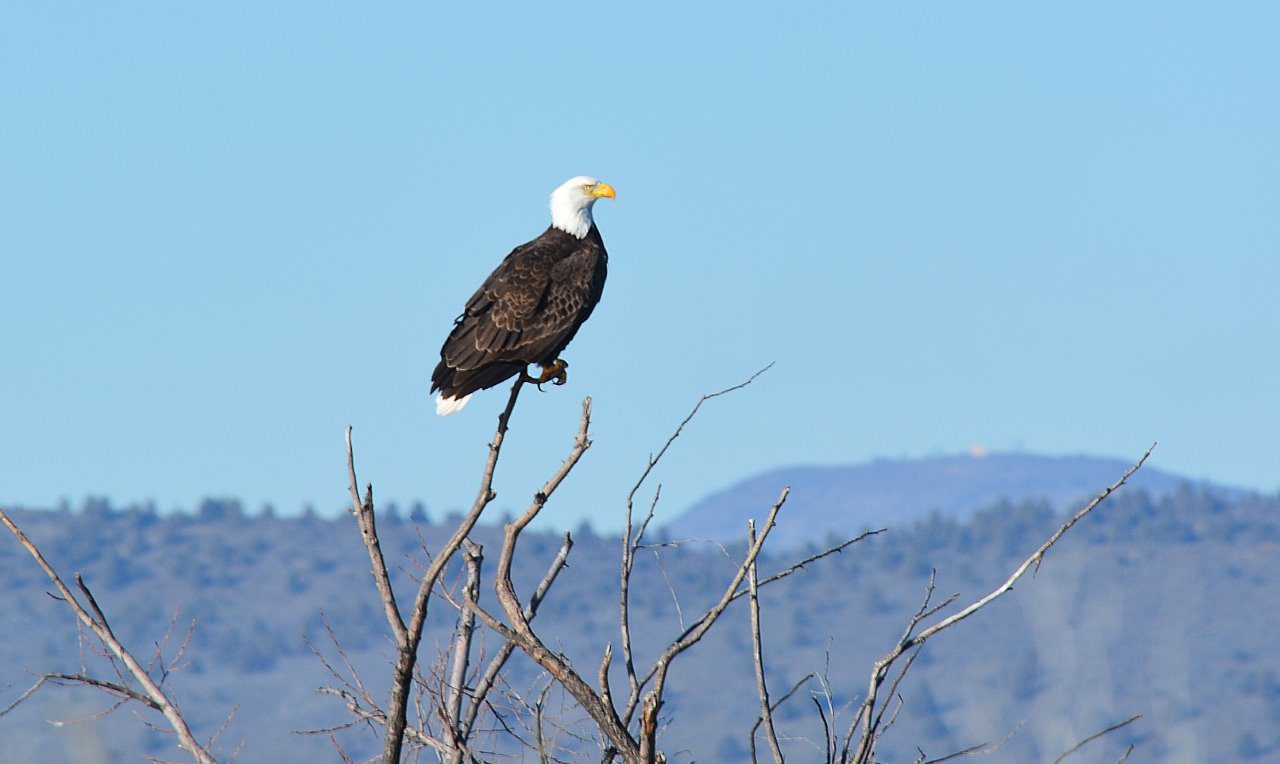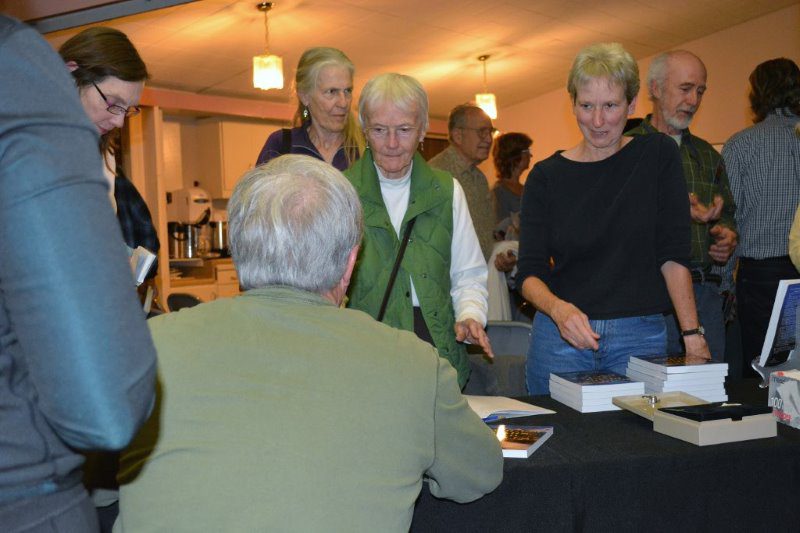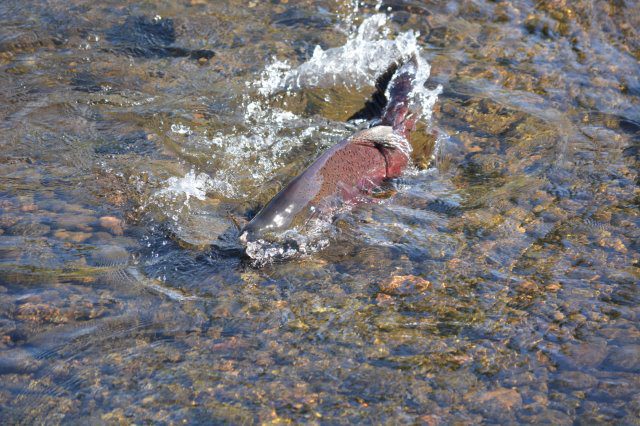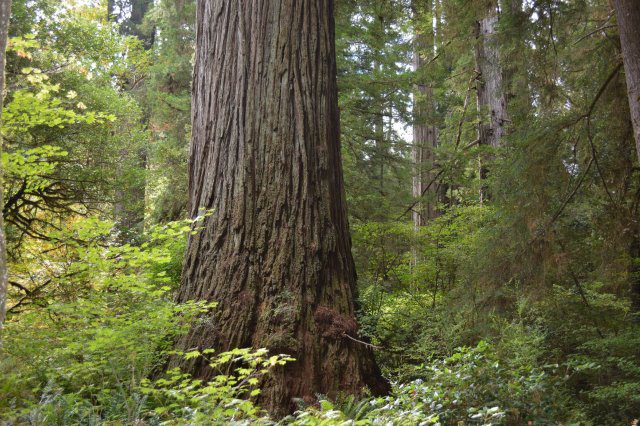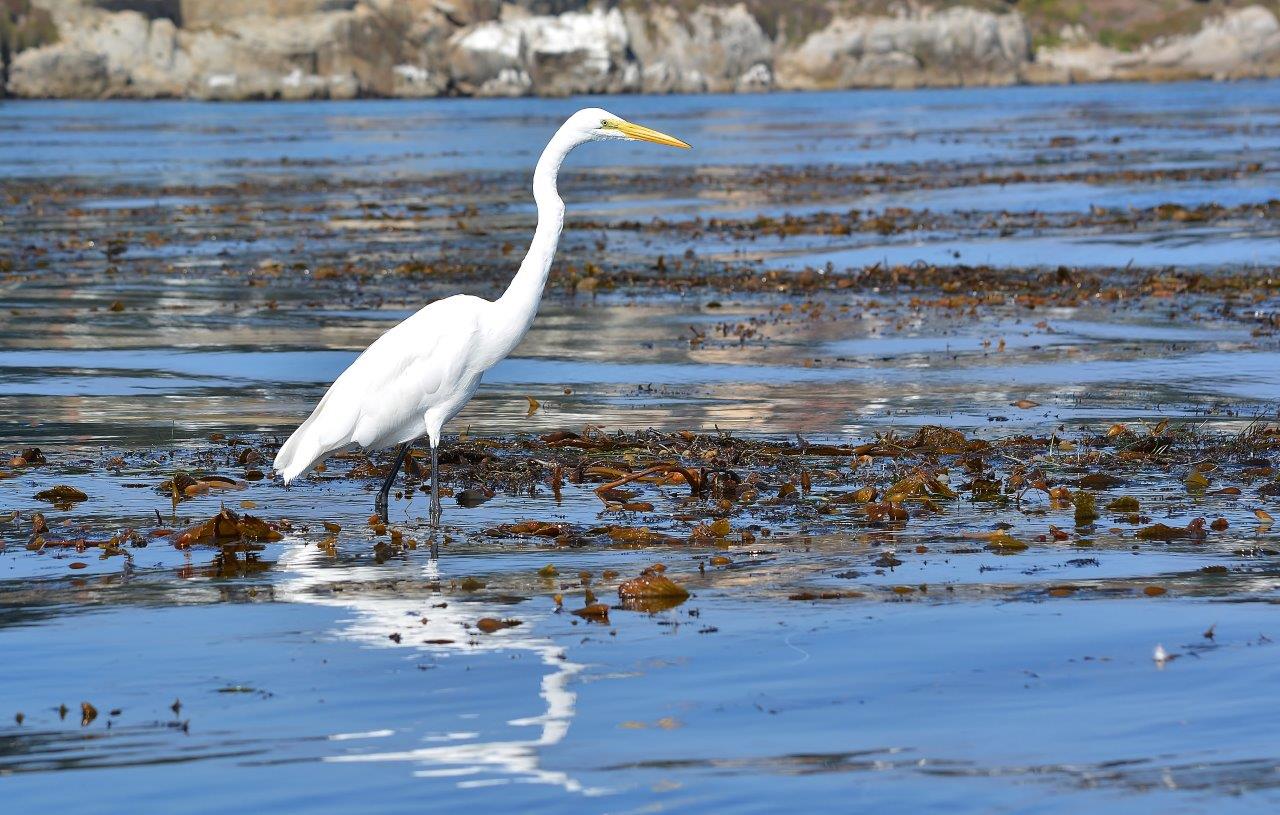Author: Steve
March 6, 2015
“Quick, roll up the windows!” said Kathy. We had just entered the ten-mile auto tour route at Lower Klamath National Wildlife Refuge, when four cars…
January 14, 2015
Last night I had the pleasure and privilege of giving a presentation to a packed house of Wintu Audubon Society members. In addition to discussing…
December 26, 2014
With the north wind blowing off snow-covered Mount Shasta, it was brutally cold that December afternoon in 1960. Sitting in the back seat of our…
November 19, 2014
I’m sometimes asked if I had any favorite places to work during my twenty-one years supervising the warden force in western Shasta County. Lower Battle…
October 9, 2014
Kathy and I recently attended the Outdoor Writers Association of California (OWAC) fall conference on the aptly-named Wild Rivers Coast. Stretching from Port Orford, Oregon…
September 7, 2014
Having had the pleasure and privilege of diving in California’s kelp forests from San Diego to Monterey, I would describe it as a surreal, almost…
July 6, 2014
What an honor it was to be interviewed in Morro Bay by Tom Wilmer, the illustrious host of National Public Radio’s hit program, “Journeys of…
June 24, 2014
My first opportunity to see a northern elephant seal was in October of 1959, as an excited eleven-year-old passenger aboard the Fish and Game Patrol…
May 21, 2014
In 1966, as a high school graduate about to enter college, I was fortunate to find a summer job at the Mount Shasta Fish Hatchery—the…
May 12, 2014
Recently, my wife, Kathy, and I arrived in Sonora for our first Outdoor Writers Association of California (OWAC) conference. We were a little apprehensive, being…

